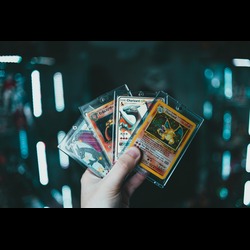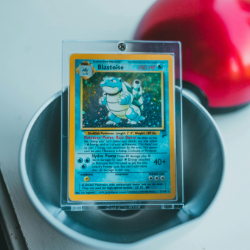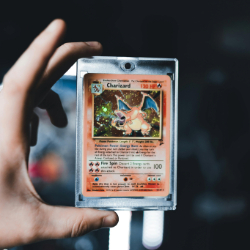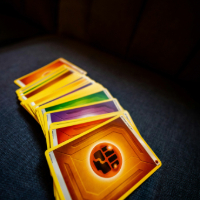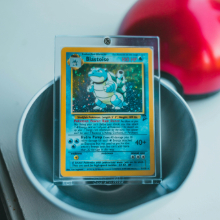Discover how artificial intelligence is transforming MTGproxy for players and collectors. Learn how MTGproxy is improving mtg proxy searches, personalization, design, and predictive creativity for a smarter gameplay experience.
Introduction: Which Ways Can MTGproxy Improve Proxies?
Which ways can artificial intelligence enhance the world of Magic: The Gathering proxies? The combination of creativity and technology is giving players new opportunities, with MTGproxy at the center of this digital transformation. MTGproxy is no longer just about streamlining it’s about unlocking experiences that feel personalized and forward-looking. From searching efficiently to generating unique customization, artificial intelligence is playing a bigger role than ever before.
Why Are mtg proxy Cards in Demand?
The demand for mtg proxy cards continues to rise as players look for affordable, collectible, or test-ready replacements for high-value Magic cards. For casual gamers, proxies allow experimentation without heavy financial investment, while collectors enjoy the chance to design unique cards with stunning artwork. By adopting personalization, MTGproxy makes the search smarter, giving users curated recommendations and designs based on playing style, deck preferences, or even upcoming tournament formats. This makes the entire process more efficient and relevant to both casual and competitive players.
Which Benefits Stand Out from Integration?
Which benefits stand out most from this shift? Without doubt, MTGproxy makes it easier for collectors and casual gamers alike to find exactly what they’re looking for. MTGproxy recommendation engines suggest unique artwork trends, deck-compatible proxies, or even upcoming designs predicted to grow in popularity. Customization and accuracy become equally important, as proxies are not just placeholders they’re expressions of creativity and style. For collectors, unique card art inspired by create designs that feel one-of-a-kind, while deck-builders can quickly access functional versions of required cards.
How Could MTGproxy Shape Future Customization?
The future potential of extends even further in platforms like MTGproxy. Generative tools could inspire player-created artwork, reimagined worlds, or even experimental Magic sets that break creative boundaries. Imagine being able to input your favorite themes from cosmic fantasy to gothic horror and letting generate matching proxies instantly. At the same time, platforms could use prediction models to forecast which types of proxies will see spikes in demand, ensuring players always find relevant cards. This blend of personalization and forecasting ensures that both communities and individuals benefit.
When Does MTGproxy Create Lasting Impact?
As innovation continues to grow, integrating into mtg proxy searching and design proves that the game is not just evolving-it’s becoming smarter. Unlike older methods of scrolling endlessly or relying on chance finds, players now get streamlined, highly intuitive results customized to their requirements. Platforms like MTGproxy show that technology and creativity can coexist, creating a stronger connection between personalization and play. And as MTGproxy continues developing, that balance between efficiency and artistry will keep getting more refined.
Conclusion: Smarter Gaming with MTGproxy
Ultimately, the integration of ensures that MTGproxy offers more than just proxy solutions it delivers an ecosystem where personalization, prediction, and creativity thrive together. Proxies are no longer static copies; they are customizable, accessible, and intuitive outcomes of digital innovation. As players and collectors look toward the future, MTGproxy will be the force that turns simple card gaming tools into transformative, player-first experiences.
 Custom Gallery
Custom Gallery Proxy Booster
Proxy Booster Discord
Discord

